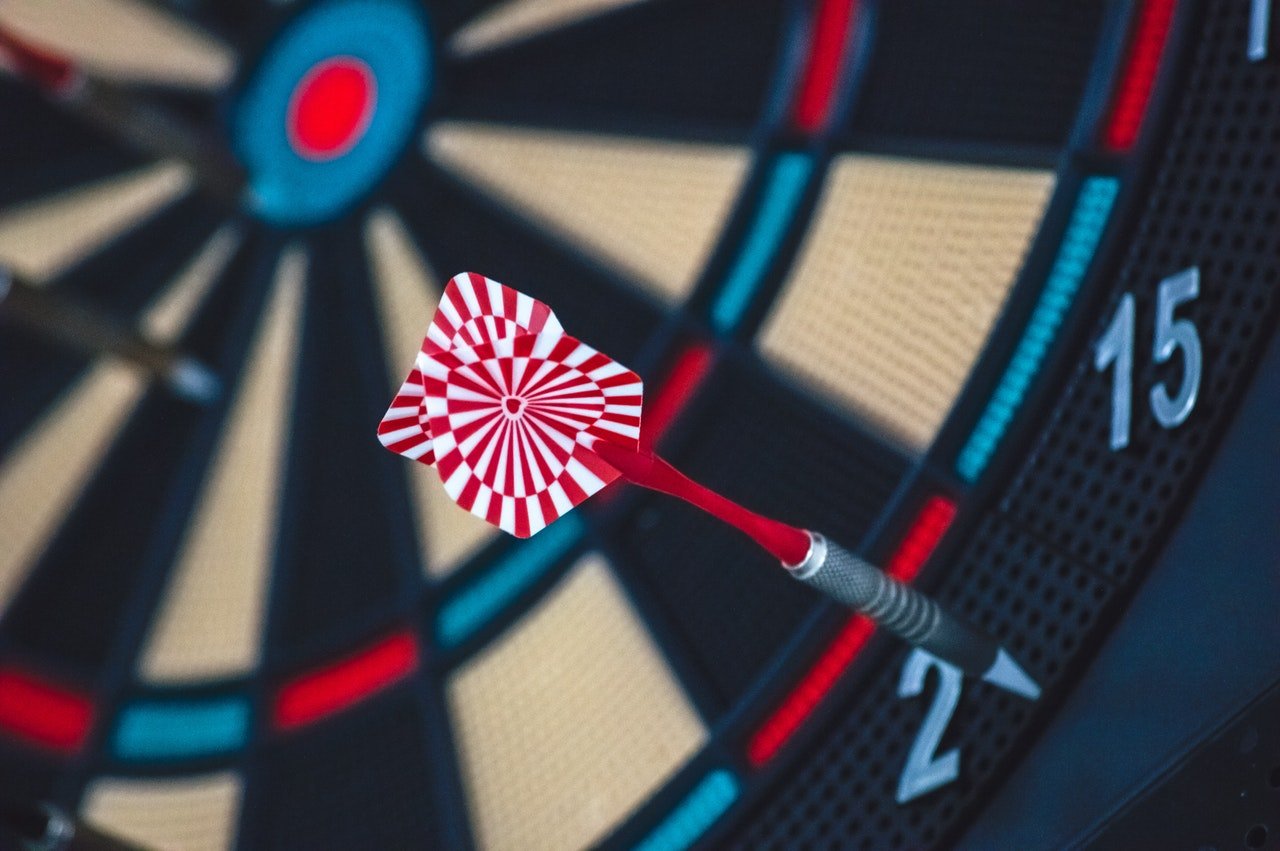“We know that point will come when we require a consciously engineered plan for sun strength utilization rather than sincerely burning up the whole lot we can burn as unexpectedly as we can locate and produce it,” wrote Eugene Ayres, a solar energy researcher operating for the Gulf Oil Company, in August 1950, in a paper titled Space Heating with Solar Energy, introduced to a symposium on the Massachusetts Institute of Technology (MIT) and posted in Scientific American magazine.
Along with Ayres, most of the 98 people registered to attend the MIT conference were three of unique significance. In the June 22, 2010 issue of MIT Technology Review, journalist Morgan Sherburne said: “But embedded in this forward-wondering conference became any other revolution—the opening of the sphere to ladies.”
Two of those ladies “have been the communicate of the conference,” Sherburn wrote: Maria Telkes, an MIT researcher, and Eleanor Raymond, an architect, “for having dreamed up and built the Dover House, a domestic heated completely by way of the solar.”
Maria Telkes, born in Budapest, Hungary, on December 12, 1900, was no stranger to the conference attendees. She had already earned the nickname “Sun Queen” for harnessing solar strength. According to her biography in the Engineering and Technology History Wiki, she migrated to the United States in 1925 and, in 1937, joined Westinghouse Electric as a research engineer.
In 1940, she joined MIT’s Solar Energy Conservation Project. At this time, her inventions became a portable approach to changing saltwater into easy drinking water. The Encyclopedia of World Biography says Telkes designed a solar nonetheless that became small enough to be used on life rafts to provide drinking water to human beings expecting rescue at sea, “and it stored the lives of many torpedoed sailors and downed airmen at some point of World War II.”
She also designed reasonably priced solar food practice ovens that were simple and smooth to construct. Still, the speaker of 1950 turned into “Woman Scientist Collaborates with Woman Architect to Design Dwelling.” The Dover House stated that Morgan Sherburne had “become the only present house heated entirely with solar electricity.”
Sherburne described the Dover House as “a normal domestic chopped in half of, a form designed to assist it to aciniacquiringgh light.” “A financial institution of 18 home windows lined the second one story of its south-going through the wall, which became a story better than its north-going through the wall. Behind the one’s windows, Telkes hooked up glass and metal panels to soak up the sun’s warmth, heating the air that her device blew between the glass and metallic layers.
“The warmed air traveled through a duct and enclosed, insulated storage packing containers built into the residence’s walls. The containers had been packed with 21 tonnes of Glauber’s salt. On sunny days, the salt melted and absorbed warmth, cooling the air in the hot climate. The salt cooled and recrystallized when the temperature fell, giving off its saved warmth.”
The Dewas or two experimental homes can not solve the trouble of the sun-heated house,” Telkes said. (GlauThe Dover House gadget executed as designed for more than two years before its additives broke down. ber’s salt, the sodium salt of sulfuric acid, melts at 32 levels Celsius and stores heat at seven instances the performance of water.) “But each new house is another experimental stepping stone in the direction of using the sun as a fuel useful resource.”
Telkes went directly to reap a brilliant listing of achievements, including work on sun thermoelectric generators in outer space. Early facts of power schooling date back to 3600 BC when Chinese emperors made their subjects work out daily (Webster 1976). During the Chou Dynasty, subjects were required to skip weight-lifting checks before entering the military. A large amount of evidence suggests weight schooling was part of the existence of ancient Greece and India. The Greeks built numerous sculptures of people lifting stone weights.
Numerous systems of training have been proposed over time. The accumulation of experience and one-of-a-kind philosophies has led us to the contemporary training methods that are applied nowadays. Keep in thought that many governments have varied substantially from the unique reason of electricity and conditioning. Hard paintings and dedication formed the muse of advanced education techniques. Today, the opposite has happened in several settings, as smooth work and quick fixes form the foundation of the majority’s regimens.
During the 16th Century in Europe, books on weight training started to surface. Sir Thomas Elyot’s e-book was published in England in 1531. Joachim Camerius, a lecturer at Leipzig University, wrote several books in 1544 recommending that weight education be a key interest supplied in the version college. John Paugh posted an e-book in 1728 titled A Physiological, Theoretic and Practical Treatise at the Utility of Muscular Exercise for Restoring the Power to the limbs, which pointed out the advantages of weight schooling for rehab purposes. In the 1860s, Archibald Maclaren devised the primary formal device of bodily schooling with dumbbells and barbells for the British Army.
The showpeople and strongman entertainers of the nineteenth Century closely contributed to today’s fitness and Sports Conditioning industry strategies. From significant studies, iron sports historian David Webster credits Italian circus and fairground performer Felice Napoli as the only one who popularized strongman performances internationally. The disciples of Napoli consist of Professor Attila (Louis Durlacher) and Eugen Sandow (Frederick Muller). Attila has become widely recognized, and he attracted some of the sector’s most commonly recognized physical culturists and many rulers of Europe. His list of students included King George of Greece, King Edward of England, Crown Prince Frederick, who became King Haakon of Norway, the six children of King Christian of Denmark, Queen Mother Alexandra of England, Princess Dagmar (Empress of Russia and mother of Tsar Nicholas), and the Duchess of Cumberland.

















